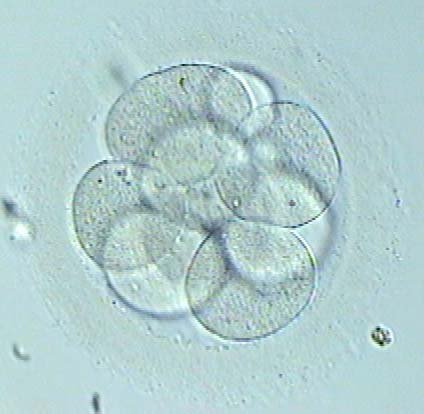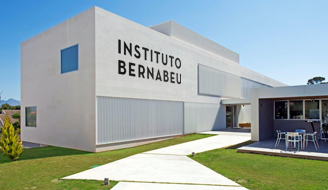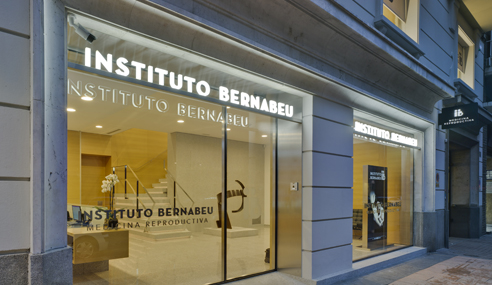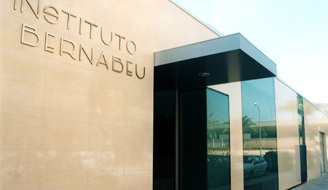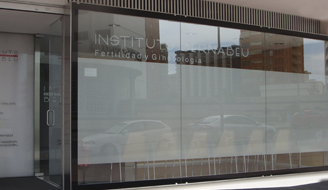The way in which the embryo divides during the first two days affects its future chromosome count
The Instituto Bernabeu presents a study on the parameters between embryo division and the appearance of mosaicism at the annual meeting of ESHRE from 2 to 5 July.
A study by the Instituto Bernabeu selected by the committee of experts of the international meeting of the European Society of Human Reproduction and Embryology, held from 2 to 5 July in Geneva, finds a correlation between the manner in which embryo division takes place and the future chromosome count of the embryo. The study evaluates the stage in embryo development when cell lines are generated with different numbers of chromosomal copies. Mosaicism (appearance of abnormal cells together with other normal cells) and aneuploidy (an alteration in the number of chromosomes) are routine during the first divisions of the embryos. It is very important for experts to know which stage of development of the embryo marks the beginning of the generation of cell lines with a different number of chromosomal copies. In this study the experts reach the conclusion that the first divisions will condition the future chromosomal status of the embryo.
The study “Embryo asymmetry on day 2 is related with embryo mosaicism after day 5 or day 6 trophectoderm biopsy” sets out to establish a relationship between the parameters followed by embryo division and the appearance of mosaicism in embryos biopsied at the blastocyst stage. According to the study, led by Doctor Dori Rodríguez-Arnedo and with the participation of Jorge Ten, María del Carmen Díaz, Laura Martí, José Antonio Ortiz, Jaime Guerrero, Laura Cascales, the medical co-director Ll. Aparicio, and the medical director of the Instituto Bernabeu, Rafael Bernabeu, the manner in which embryo division takes place may affect the chromosome count of the preimplantation embryo. After their analysis of the parameters, the experts point out that what influences asymmetry during the first divisions of the embryo coincides with two days of cultivation and this may condition the number of chromosomes that the embryo will have.
Embryo asymmetry on day 2 is associated with blastocyst mosaicism after trophectoderm biopsy. A. Rodríguez-Arnedo, J. Ten, M. Díaz, L. Martí, I. Ochando, J.A. Ortiz, J. Guerrero, L. Cascales, J. Ll. Aparicio, R. Bernabeu
